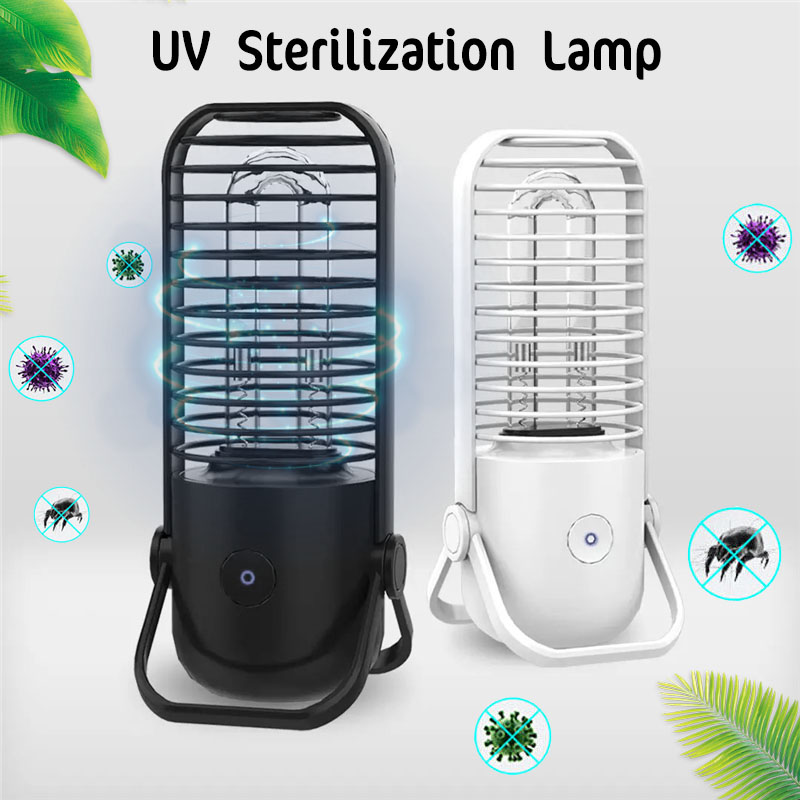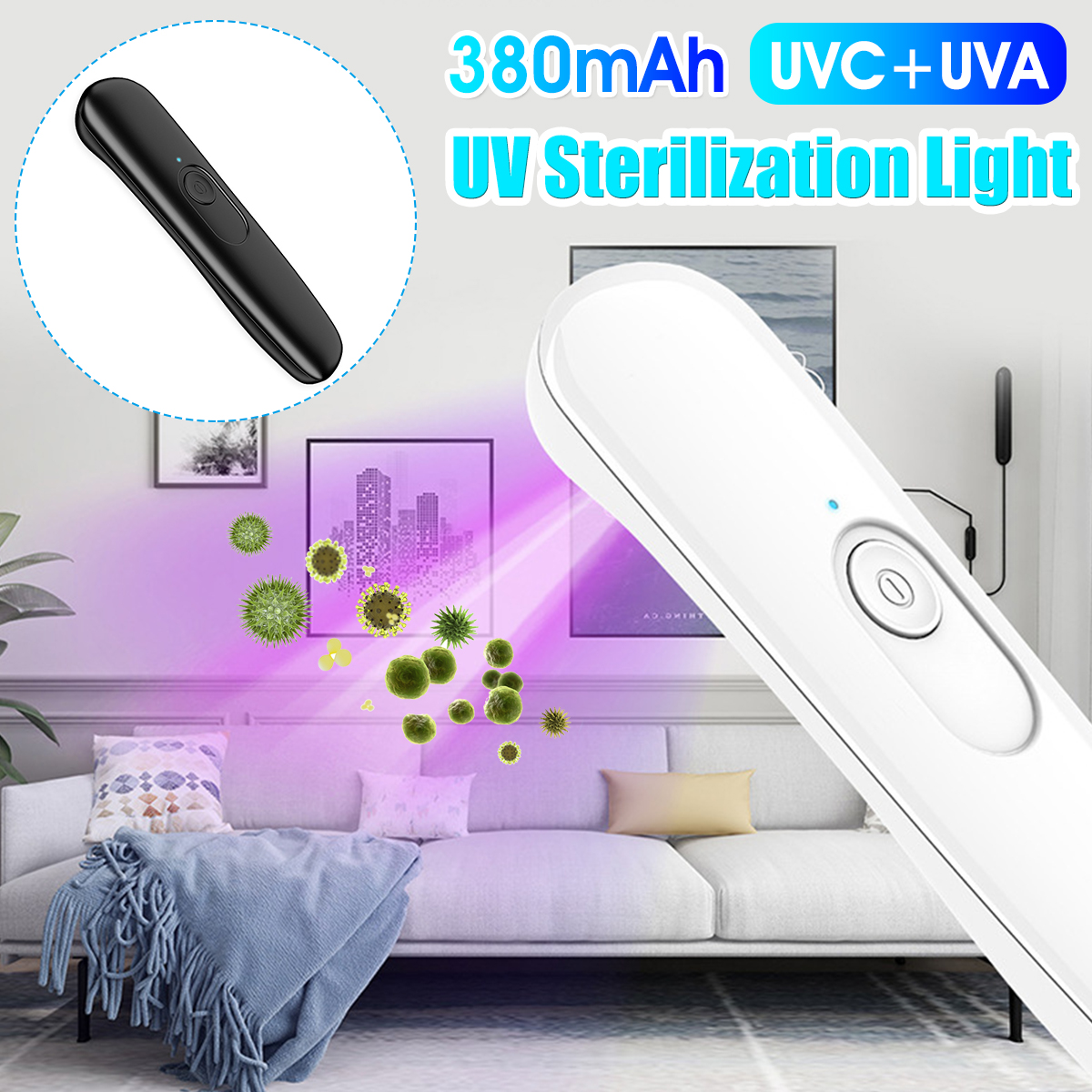
#UVC MEDICAL ABBREVIATION MANUAL#
They can be manual (done by hand) or electric.īroncho Pulmonary Dysplasia (pronounced bron-co pul-mon-air-ree dis-play-zee-a)Ī yeast infection (where fungus grows) of the skin, mouth, gut, groin or inside parts of the genitals).Ī very small, short, soft plastic tube that is put into a baby’s vein to give fluids or medicines straight into the bloodstream without having to keep using needles.

Piece of equipment used for expressing breast milk. Bradycardia usually stops after about 36 weeks’ gestation. Sometimes, the staff might need to stimulate the baby to make them respond. It is usually part of apnoea of prematurity (see above). This is when the heart rate slows down for a period of time. A blood transfusion might be needed to treat severe anaemia (a serious lack of red blood cells), low blood pressure, or during or after an operation. This is when extra blood is given from a donor. If the blood pressure is too low, the baby may be treated with medicine. They can do this using a cuff on the baby’s leg or arm, or a line in their vein. It is often monitored in babies who are unwell. This is the pressure generated in the body's arteries by the pumping of the heart. Some blood gas tests also measure the amount of salt (often called sodium) in a baby’s blood. The number of gases that need to be checked will depend on the problems the baby is having. Medical staff do this to work out how well the lungs and circulation are functioning, and to make sure any breathing help they are getting is working well. This is a test done in a laboratory to find out the levels of oxygen and carbon dioxide gases and acids in the blood. When it is known what bacteria are in the baby’s body, the team can check that the baby is on the right antibiotics to kill that bacteria. If doctors think that a baby may have an infection, a small blood sample is taken and added to and sent to the laboratory for testing. High levels can be dangerous, and cause jaundice. Putting a mask connected to a squeezable bag or pressure device over the baby’s nose and mouth to help breathing.Ī yellow part in the blood that gives a yellow colouring to the skin. The baby’s responses to the clicks are then analysed.
#UVC MEDICAL ABBREVIATION SERIES#
Both involve placing earphones over the baby’s ears to deliver a series of clicks. There are two ways of assessing a baby’s hearing.

This can happen if they are premature and have not yet developed some skills needed for feeding. Milk aspiration is when the baby inhales small amounts of milk when feeding. This is called meconium aspiration, which can be a serious, although rare, condition (see ‘Meconium’ and ‘Meconium aspiration’ for further information). meconium) is inhaled into a baby’s lungs before the baby has been fully born. You might hear the word 'aspirate' used when something other than air (eg. It will be tested by using a pH paper or stick to make sure that the tube is in the stomach and it is safe for feeding. This means that a syringe is attached to the end of the feeding tube to get a small amount of the baby’s stomach contents. This word is used in different ways in the neonatal unit:ĭoctors and nurses might talk about ‘checking the aspirate’ before putting a milk feed down a nasogastric or orogastric tube. The most common time for asphyxia to happen is during labour (whilst the baby is being born) or at birth. This can cause injury to the brain and other organs in the body. These set off an alarm if the baby pauses for 20 seconds or longer between breaths.Ī condition where there is too little oxygen and too little blood flow in the body. Most babies will grow out of apnoea of prematurity by the time they are around 36 weeks.Ī monitor that checks that a baby is breathing regularly. Apnoeas in premature babies might happen more than once. Caffeine is often given to help with this. Often the baby starts breathing on their own, but might need to be gently helped by moving them slightly. Premature babies may have an apnoea because of being the part of the brain that controls breathing is not developed yet.
#UVC MEDICAL ABBREVIATION SKIN#
Too little haemoglobin in the blood (see ‘Haemoglobin’).Ī simple way of checking a baby’s health immediately after birth, by scoring ‘points’ for heart rate, breathing, skin colour, tone and the baby’s reactions.Ī pause in breathing for 20 seconds or longer. Sometimes, the body produces too much acid, or the kidneys do not remove the acids from the blood. This can be because the lungs are not working well, or because not enough oxygen is reaching parts of the body.

A high level of natural acid in the blood.


 0 kommentar(er)
0 kommentar(er)
